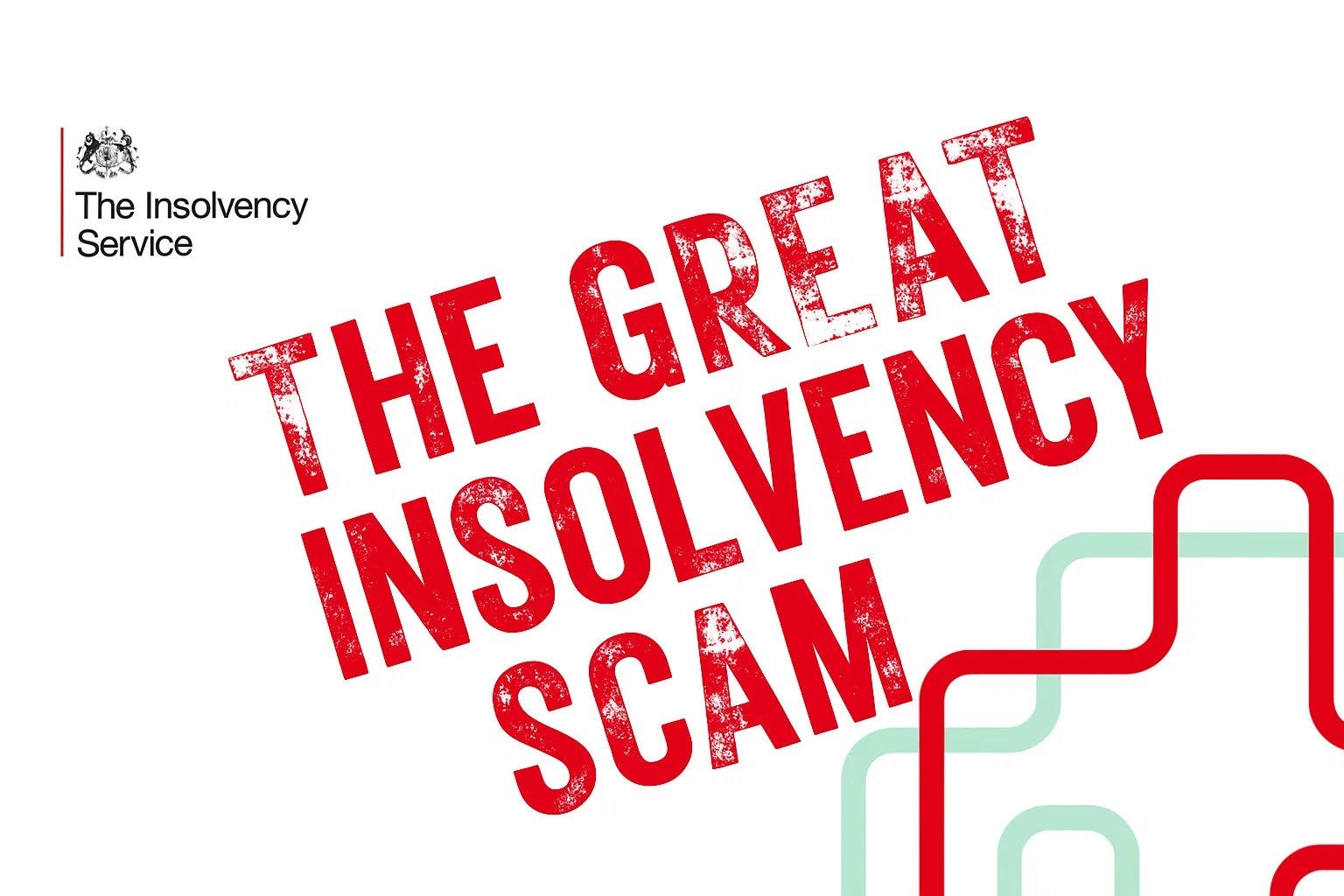Company failures in England and Wales are running at levels last seen in the early 1990s. In August 2025 the Insolvency Service recorded 2,048 corporate insolvencies, up 6% on August 2024, keeping 2023’s three-decade peak from being an outlier but rather the new normal. For creditors, the headline number matters less than what they recover - which, more often than not, is nothing.
Four in five of those cases are creditors’ voluntary liquidations. In August 2025, 1,600 of the 2,048 were CVLs, directors concluding there is no rescue left and opting to wind up. Administrations and CVAs remain a small minority, despite being the statutory rescue tools. The balance of processes tells its own story: businesses are reaching formal insolvency too late for salvage.
Practitioners privately concede that directors often run on fumes for months, sometimes years, before seeking advice. By the time an insolvency practitioner arrives, assets are stripped to working capital and deferred taxes, leaving unsecured suppliers to absorb the hit. The Insolvency Service’s December 2024 study found 86% of recent CVLs paid nothing to any class of creditor and that costs averaged 163% of assets realised.
When outcomes are that poor, the question is who the current system works for. Statute puts office-holder fees and expenses at the front of the queue. In small liquidations that can mean the entire estate goes on professional costs before any dividend is considered. That order of priority is lawful, but it demands rigorous scrutiny of time costs, disbursements and decision-making.
A growing share of appointments now sit with a handful of high-volume firms. Jamie Playford is recorded as having close to 2,500 open appointments; Richard Hunt is in office on over 1,500. Traditional practices might carry several dozen live cases. The new model banks on standardised workflows and, crucially, sole appointments. The statutory duties, however, are personal. Thousands of simultaneous estates raise obvious oversight questions.
Regulators have started to push back when quantity risks quality. Stuart Rathmell was restricted to eight new appointments a month and breached that cap; in August 2025 the Insolvency Practitioners Association issued a severe reprimand and a fine. The message is clear: case throughput is not a defence if creditor interests suffer or licence conditions are ignored.
Richard Hunt of Exigen Group Limited exemplifies the volume model. Since 2019 he has clocked 4,068 appointments through to August 2025 and remains office-holder on more than 1,500 live estates, weighted to Members’ Voluntary Liquidations and CVLs. That concentration of work, much of it on a sole basis, strains the idea that one IP can personally exercise judgment in every file.
Hunt has also faced ethics findings. A disciplinary investigation concluded he ran an introducer scheme that breached the Insolvency Code of Ethics rule 340.4 by offering incentives for referrals. In April 2025 a consent order was publicised. The case speaks to the commercial pressure in the volume end of the market and to the limits of self-policing when business development runs ahead of ethics.
The immediate victims of poor conduct and weak outcomes are unsecured creditors - often small suppliers already nursing thin margins. Employees rely on the Redundancy Payments Service for arrears the estate cannot meet. HMRC, now a secondary preferential creditor for certain taxes, still writes off large balances. Nil returns in 86% of CVLs represent real cash that never comes back into the economy.
Earlier action can change the calculus. Administration can preserve going-concern value; CVAs can compromise debts while trading continues. Pre-pack administrations, controversial for years, were tightened in 2021 with mandatory independent evaluator reports for connected-party sales. Even with safeguards, usage rose from 201 in 2021 to 628 in 2024, reflecting a search for value beyond the liquidation conveyor belt.
Misconduct cases show what happens when oversight fails. London IP Adrian Duncan, already under a ban on new appointments, continued to acquire cases and went on to misappropriate almost £4m from estate funds. The Insolvency Service took the unprecedented step of formally reprimanding the ICAEW for failing to police its own member. That should have been a watershed for the Recognised Professional Bodies.
Disciplinary notices tell a wider story. Brothers Simon and Daniel Plant were sanctioned in 2025 for irregularities around creditor verification and meeting decisions. Many such findings are tucked away in quarterly reports. Complaints and whistleblowing lines - run by the IPA and others - do most of the heavy lifting. A system that relies on aggrieved stakeholders to spot breaches will always react late.
Government has accepted that the framework needs rebuilding. The August 2023 ‘Future of Insolvency’ proposals would replace the four RPBs with a single independent regulator inside the Insolvency Service, extend regulation to firms as well as individuals, create a compensation power to redress stakeholder harm, and strengthen bonding and insurance. It would be the biggest change since the Insolvency Act 1986.
Firm-level regulation matters because culture and incentives live at firm level. High-volume models can prioritise throughput over diligence; fee structures can push files towards liquidation by default. A regulator able to hold firms to account, not just individuals, can address systemic practices - standard templates, case-closing targets, introducer networks - that quietly shape outcomes.
This newsroom will add weight where it hurts most: data. We are building a publicly searchable index of office-holder caseloads, time-to-close, fee-to-asset ratios and dividend rates, aggregated from official filings. When those numbers sit side by side, excuses will be hard to sustain. If IPs want to avoid hard questions, the answer is simple: deliver better outcomes.
